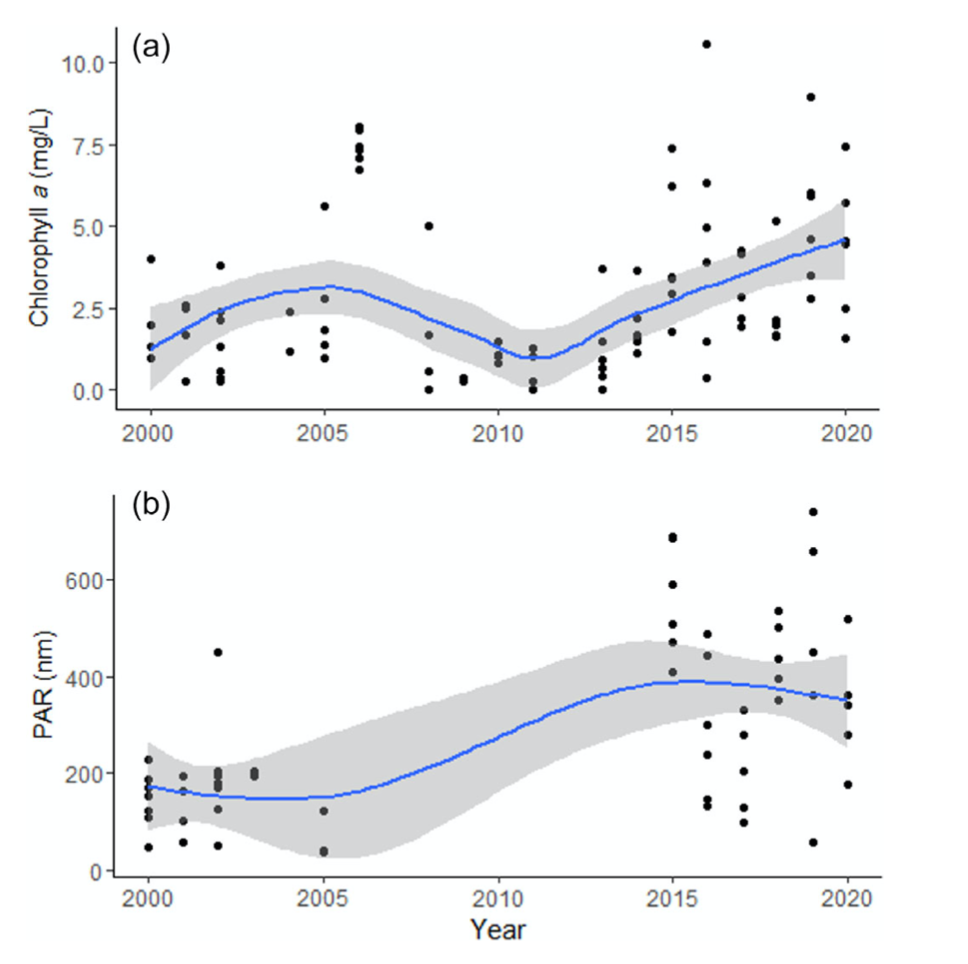“It is folly to attempt to educate children within a city. The first step must be to remove them out of it.” Henry David Thoreau in his Journal.
On April 2, Professor Richard Primack presented a keynote address at the National Science Teachers Association annual meeting in Houston, Texas. His talk, Walden Warming: Climate Change Comes to Thoreau’s Concord, provided an overview of the research that he and his students have been doing over the past 20 years with support from the National Science Foundation.
 |
| Richard Primack at the conference along with David Foord and Lisa Janeway from the Brandwein Institute. |
As he describes, “I spoke about how a warming climate is causing the plants of Concord, MA, to flower and leaf out earlier now than in the time of Henry David Thoreau in the 1850s. I tailored my talk to emphasize projects that science teachers could use to help their students investigate the biological effects of climate change, such as the use of twig experiments.”
 |
| Boston University undergrads Selby Vaughn (left) and Taylor Reagan evaluating twig experiments in the Primack lab. |
Because of the pandemic, this was the first time in three years that the NSTA conference had been held in person. While the conference normally has around 10,000 attendees, this year there were just 4,000 people. Primack’s talk was sponsored by the Brandwein Institute, an environmental foundation.




